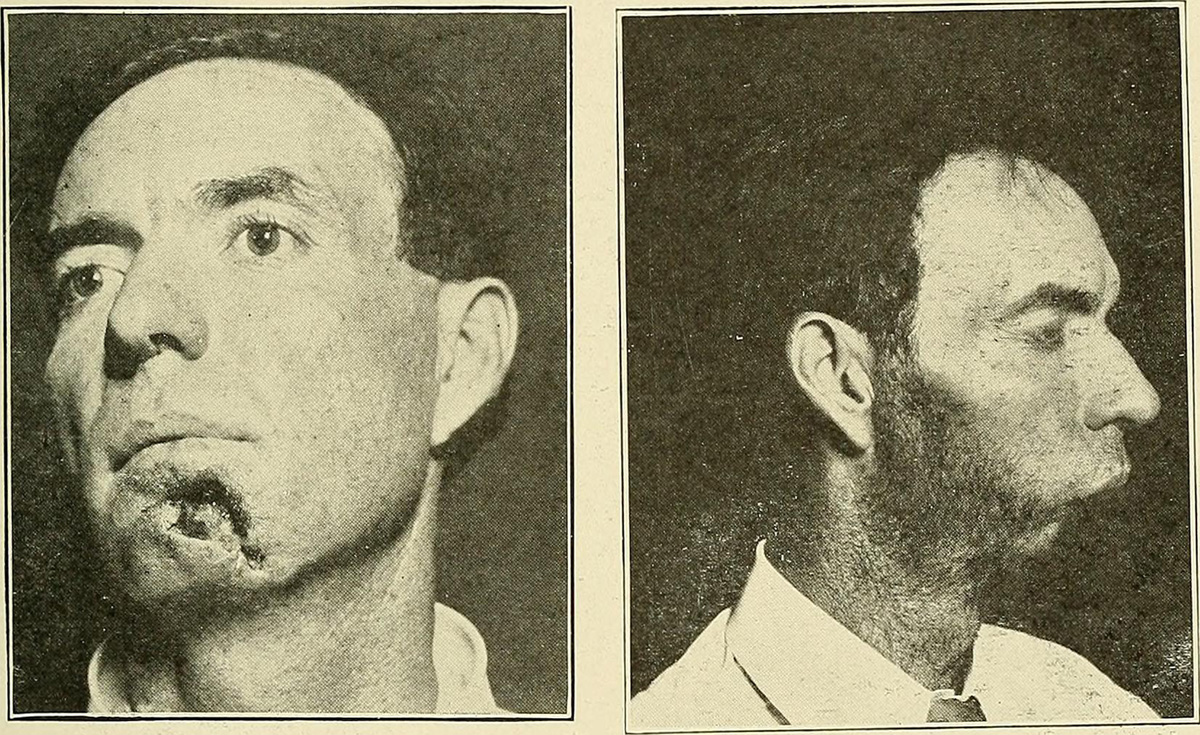
Chin augmentation, medically known as mentoplasty, is a surgical procedure with a specific goal- creation of a more proportionate face with a stronger chin line. The desirable effects are achieved with the assistance of chin implants. Chin implants are made from ePTFE and silicone. They vary in size and shape and if it is necessary the patient may even customize the chin implant he/she is going to have implanted. This particular type of plastic surgery is either performed alone or together with other surgical corrections such as plastic surgery of the nose, cheeks etc. More about Chin Augmentation
This is generally a simple procedure. It is performed under general anesthesia. The surgeon makes an incision directly above the jaw bone and creates a pocket in which he/she will insert a chin implant. The very incision can be made inside the mouth where the scar would not be visible, or under the chin. Still, in case of the incision in the oral cavity the risk of infection, as one of the potential complications of chin augmentation, increases. The surgery generally lasts for 2 hours and patients are kept in hospital for one night. The following day they are released and may go home.
What Are Risks Associated with Chin Augmentation?
There are several potential complications connected with chin augmentation. The first thing is excessive bleeding. It is normal for patients to lose a certain amount of blood but excessive bleeding requires prompt treatment and blood transfusions. Bruising is a normal body reaction to this and every other surgery. Bruises affect some parts of the chin and they resolve spontaneously. No treatment is needed. Hematoma, a collection of blood, is another potential complication associated with chin augmentation. Small hematoma usually withdraws spontaneously while a large one requires proper treatment. Infection is another potential complication after this type of surgery. All patients are administered antibiotics after the surgery. The goal is to prevent infection. However, even though one is taking antibiotics there is still a chance of infection. The infection most commonly develops at the incision site and can be successfully treated. The doctors usually change prescribed antibiotic and replaces it with more potent one. And finally, people who are prone to scar formation may end up with an ugly scar.
Apart from the previously mentioned there is a risk for asymmetrical results (an uneven appearance of the chin). This complication generally requires another surgery to correct the appearance. Capsular contracture develops as a consequence of the scar tissue tightening around the implant. This is a very painful condition and may lead to distortion of the chin. It also requires repeated surgery. And finally, there is a chance of implant shifting/movement, rejection of the implant or its rupture. Such complications also need to be properly corrected through surgery.


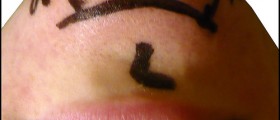
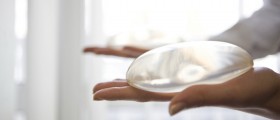
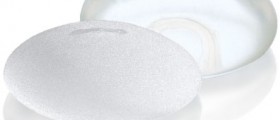
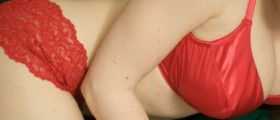

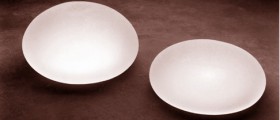
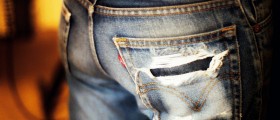
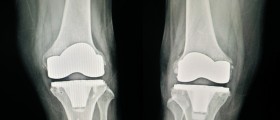
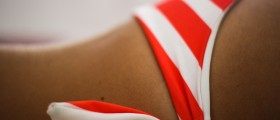
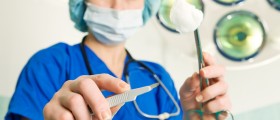

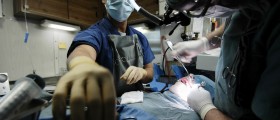



Your thoughts on this
Loading...